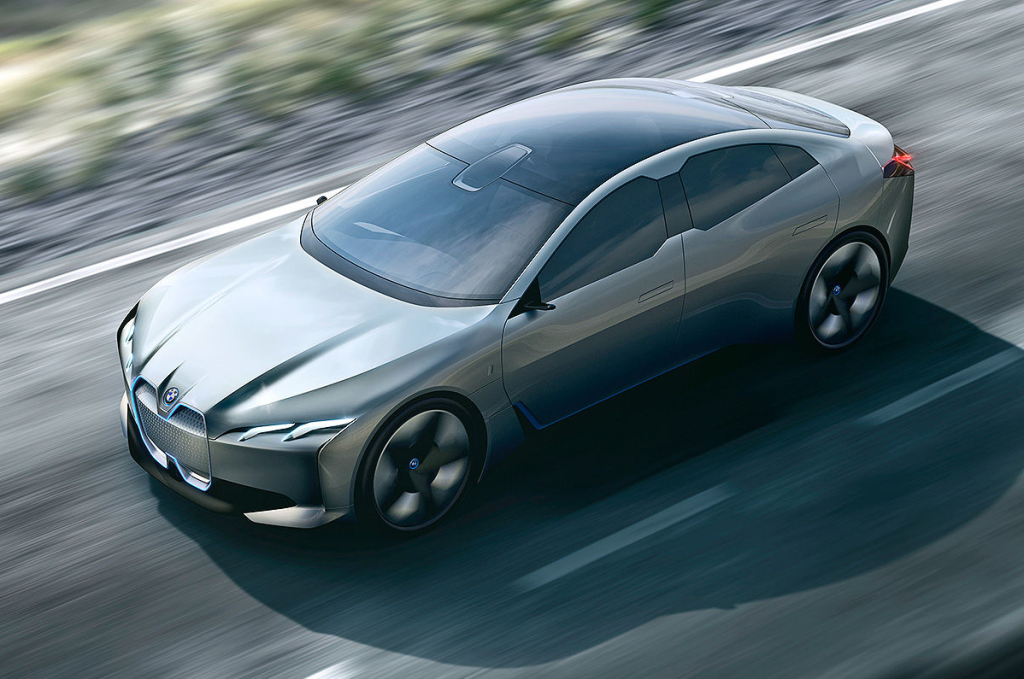
It is well known that data centers and server farms produce large quantities of climate-damaging greenhouse gases. Electric mobility, on the other hand, has so far been seen as a way of reducing CO2 emissions in the mobility sector. However, the matter does not appear to be quite that simple. Some consequences only become apparent above a certain magnitude. A study by the Massachusetts Institute of Technology (MIT) has concluded that the widespread introduction of self-driving cars without design changes will lead to a significant increase in carbon emissions. If autonomous vehicles are deployed on a mass scale worldwide, according to a synopsis at Dezeen, the powerful on-board computers could generate as many greenhouse gas emissions as all the data centers in operation today.
According to the researchers, data centers currently produce about 0.14 gigatons of greenhouse gas emissions per year. That’s about what Argentina produces – or about 0.3% of global emissions. A similar amount would be generated by a billion autonomous vehicles – less than the number of cars today – each running for an hour a day using a computer that consumes 840 watts of electricity. If more vehicles were operated, emissions could continue to rise unless computer power became more efficient much faster.
“If we maintain the trend toward decarbonization and the current rate of improvement in hardware efficiency, that doesn’t seem to be enough to limit emissions from computers in autonomous vehicles,” said Soumya Sudhakar, a doctoral student at MIT and co-author of the study. “This has the potential to be a huge problem. But if we get ahead of it, we could develop more efficient autonomous vehicles that have a smaller carbon footprint to begin with.” In a scenario where 95% of all vehicles worldwide are autonomous by 2050, the study says the efficiency of the technology needs to double about every 1.1 years, so that each autonomous vehicle uses less than 1.2 kilowatts of energy for data processing.
More on ndion
Discover more articles on the topic of sustainability and automobility.
Share this page on Social Media:

